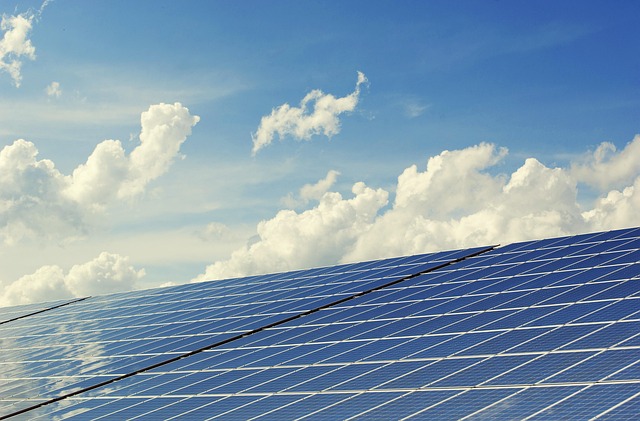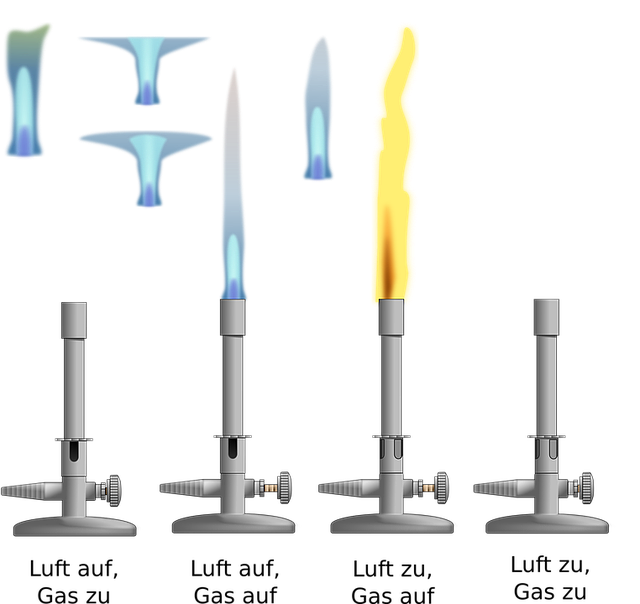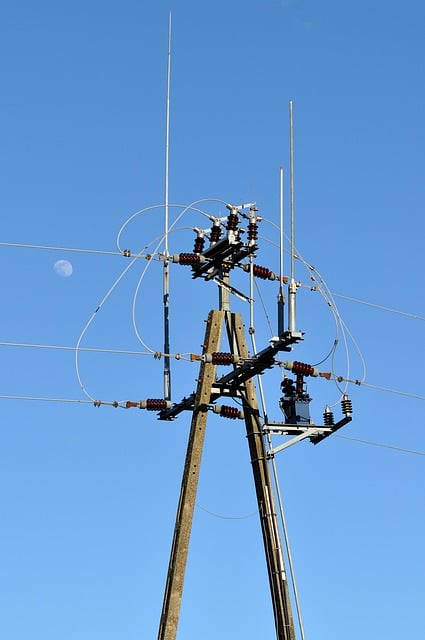Understanding your hot water usage patterns is key to selecting the right capacity evaluation for your heating system. By analyzing daily activities like bathing, cooking, and cleaning, you can identify peak demand times and average usage rates. This data helps choose a hot water heater with an appropriate size, avoiding inefficiency or high energy costs. Proper capacity planning ensures optimal performance, cost savings, environmental sustainability, and prevents running out of hot water. Future-proofing your system with energy-efficient technology is crucial for scalability and longevity.
When selecting a hot water system, understanding your building’s specific needs is crucial. This involves deciphering unique usage patterns, identifying factors that impact daily consumption, and assessing structural requirements. A thorough analysis should follow, focusing on a capacity evaluation to guarantee the chosen system meets demands effectively.
From there, consider energy efficiency to reduce costs and environmental impact. Finally, look towards longevity and scalability to ensure your hot water solution adapts to future needs.
- Understanding Hot Water Usage Patterns
- Factors Influencing Daily Hot Water Consumption
- Assessing Building and Infrastructure Requirements
- Selecting Hot Water Systems Based on Capacity Evaluation
- Energy Efficiency Considerations in Hot Water Selection
- Future-Proofing Your Choices: Longevity and Scalability
Understanding Hot Water Usage Patterns

Understanding hot water usage patterns is a critical step in assessing your household’s or commercial space’s hot water needs. This involves analyzing daily routines and activities that require hot water, such as bathing, cooking, cleaning, and heating. By identifying peak demand times and average usage rates, you can accurately determine the necessary capacity evaluation for your hot water system.
Hot water heaters come in various capacities, measured in gallons or liters per minute (gpm or L/min). A thorough assessment of your space’s usage patterns will help you select a heater with an appropriate size. Underestimating this need may result in frequent temperature fluctuations and inefficient heating, while overestimating could lead to higher energy costs than necessary. Therefore, aligning the hot water system capacity with actual usage ensures optimal performance, cost savings, and environmental sustainability.
Factors Influencing Daily Hot Water Consumption

The daily hot water consumption of a household is influenced by various factors, each playing a significant role in determining the required capacity evaluation for water heaters. One of the primary considerations is the number of occupants in the home—more residents generally mean higher demand for hot water throughout the day. Family size, along with individual lifestyles and habits, contributes to the overall usage. For instance, households with multiple individuals who regularly shower, cook frequently, or have high energy demands may require larger water heaters to cater to their daily hot water needs.
Additionally, geographical location and climate conditions impact hot water consumption. In regions with colder temperatures, residents tend to use more hot water for heating purposes during winter months, thereby increasing the need for a robust water heating system. The availability of alternative heat sources, such as efficient radiators or underfloor heating, could influence the reliance on hot water heaters. Furthermore, cultural preferences and modern lifestyle trends also come into play; homes adopting energy-efficient appliances or embracing eco-friendly practices might demand specific capacity evaluations to meet their unique hot water requirements.
Assessing Building and Infrastructure Requirements

When assessing hot water needs for selection, it’s crucial to start by evaluating the building and infrastructure requirements. This involves understanding the number of occupants, their hot water usage patterns, and the existing plumbing system. A thorough capacity evaluation ensures that the chosen hot water system can meet peak demands while optimizing energy efficiency.
Factors such as water heater size, type (storage vs. tankless), and location need to be considered based on the building’s design, age, and specific needs. Older buildings might require upgrades to their plumbing systems for better hot water distribution, while newer constructions may have more flexible options due to modern infrastructure. This initial assessment is vital in making informed decisions that align with both functional requirements and sustainability goals.
Selecting Hot Water Systems Based on Capacity Evaluation

When selecting a hot water system, one of the primary factors to consider is the capacity evaluation—the amount of hot water needed to meet your household’s demands. This assessment ensures that the chosen system can handle peak usage times and provides adequate supply for all occupants. For instance, families with multiple members or households featuring high-demand appliances like dishwashers and washing machines require larger storage tanks or more powerful on-demand systems to keep up with their water heating needs.
Capacity evaluation involves understanding typical daily usage patterns and seasonal variations. During winter months when heating demands are higher, ensuring sufficient hot water supply is crucial. Conversely, in milder climates or during summer, a lower capacity might suffice. Proper capacity planning not only prevents running out of hot water but also promotes energy efficiency by avoiding unnecessary heating of larger-than-needed volumes.
Energy Efficiency Considerations in Hot Water Selection

When assessing hot water needs and selecting appliances, energy efficiency is a crucial factor that often goes unnoticed but significantly impacts long-term costs. In today’s eco-conscious world, consumers are increasingly aware of their environmental footprint, and this extends to household energy consumption. Hot water systems, being major energy consumers, play a pivotal role in reducing carbon emissions.
A key consideration in hot water selection is understanding the capacity evaluation process. This involves assessing your household’s specific hot water demands and matching them with an efficient heating system. Whether it’s through tankless water heaters, heat pump technology, or smart thermostats, optimizing energy usage can lead to substantial savings. By choosing energy-efficient models that cater to your capacity needs, you contribute to a greener planet while also enjoying lower utility bills.
Future-Proofing Your Choices: Longevity and Scalability

When considering hot water needs, future-proofing your choices is essential for longevity and scalability. As technology advances, energy efficiency becomes increasingly important, so look for hot water systems that offer superior performance with minimal environmental impact. A system with a higher energy efficiency rating can significantly reduce running costs over time, making it a wise investment.
Regular capacity evaluation is also key to ensuring your hot water system meets your changing demands. As families grow or habits evolve, your hot water usage will likely adjust. A scalable system that allows for easy upgrades or expansions can help maintain optimal performance and avoid the hassle of frequent replacements. By anticipating future needs and choosing a versatile solution, you can confidently adapt to life’s changes while staying efficient and cost-effective.






